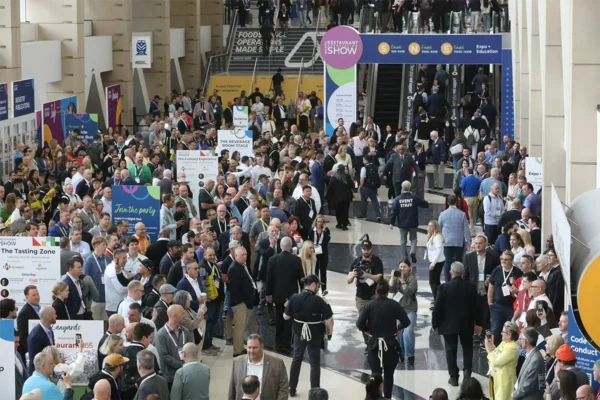February 2014 saw a month of mega sporting events, including the XXII Olympic Winter Games and Super Bowl XLVIII. Such globally watched events are prone to scrutiny as expectations about the sustainability of large venues and the events they host increases.
In recent years, Olympic venues have become showcases for new environmental technologies and an opportunity for host cities to build or re-build vital infrastructure with long-term sustainability in mind. The 2012 Summer Olympics hosted in London were purportedly the greenest Olympic Games yet. London partnered with the World Wildlife Fund and BioRegional, a non-profit facilitator of sustainability strategies, to implement initiatives like the creation of new wildlife habitats within the Olympic Park complex, a commitment to zero-carbon and waste reduction strategies and long-term preservation of the heritage and health of the local community.
In contrast, this year’s Games in Sochi, Russia, have not quite lived up to expectations. First, the Games have come in way over budget at about US$51 billion, unlike the London Games that cost only $14.5 billion and even the Beijing Games that cost $44 billion and were then the most expensive in history.
At the 2012 United Nations’ Conference on Sustainable Development, Rio+20, the UN outlined goals for the upcoming Sochi Games, including green buildings, games in harmony with nature, climate neutral games, zero waste games and sustainable development.
The United Nations Environment Program also issued a statement saying that their organization would provide an environmental impact statement before and after the Games and would provide guidance to the International Olympic Committee on the development of green stadiums and infrastructure.
Apparently, money can’t buy everything, since even after going so far over-budget, and while subject to global oversight, the Sochi Games are being criticized for not delivering on what was promised.
Russian environmentalists are putting forth concerns that Olympic construction has endangered the Mzymta River Valley by damaging 5,000 acres of forest ecosystem. They also claim that the Russian government has opted to develop ski resorts rather than develop a promised national park. In addition, there are reports of dumping contaminated construction materials into illegal landfills. These are just a few of the eco-unfriendly accusations that are currently circulating.
Despite so many swirling allegations, the official website for the Olympics states:
Preparation for the 2014 Games in Sochi serves as an impulse for the development of green construction in Russia. Participants in the Olympic project give special attention to issues of environmental protection and the integration of green standards. In Russia, green standards are being applied for the first time on a national scale during the construction of Olympic venues and infrastructure.
Olympic.org
As is usually the case, history will undoubtedly become the judge of whether or not Russia left a beneficial or a damaging environmental legacy for its nation.
Here in the U.S., the MetLife Stadium in New Jersey hosted the Super Bowl on Feb. 2. CleanEnergy.org reported that “in 2009, MetLife Stadium…was recognized by the EPA as a top venue in energy, carbon, and water and solid waste reduction. In 2012, MetLife Stadium partnered with NRG Solar, LLC to install 1,350 solar panels that wrap around the outside of the stadium. This month, MetLife Stadium became the first Certified Green Restaurant Stadium from the Green Restaurant Association. During the Super Bowl, the stadium plans to compost food scraps, avoid the use of polystyrene foam containers, donate excess food, and greatly promote recycling. Yet, the most noteworthy is the stadium’s plan to save all the waste kitchen oil and convert it into biofuel.”
blog.cleanenergy.org/2014/01/31/nflgreen/#sthash.3cdxH6za.dpuf
The Green Sports Alliance is a non-profit organization dedicated to reducing the carbon footprint of sporting events and venues. National Football League (NFL) venues use a startling amount of energy, and with the help of the Alliance, many NFL owners are working to reduce energy consumption, benefiting the environment and their bottom line.
Both Super Bowl contenders this year, the Seattle Seahawks and the Denver Broncos, are supporters of sustainability. The Seahawks are a founding member of the Green Sports Alliance, and the Broncos have initiated green policies at Mile High Stadium and among their fans.
High visibility of events like these is creating greater accountability for sustainable standards in the global community.
Green Tip:
The Green Sports Alliance will host its annual Summit Jul. 21-23, 2014, in Santa Clara, Calif. Visit greensportsalliance.org to learn more.





























